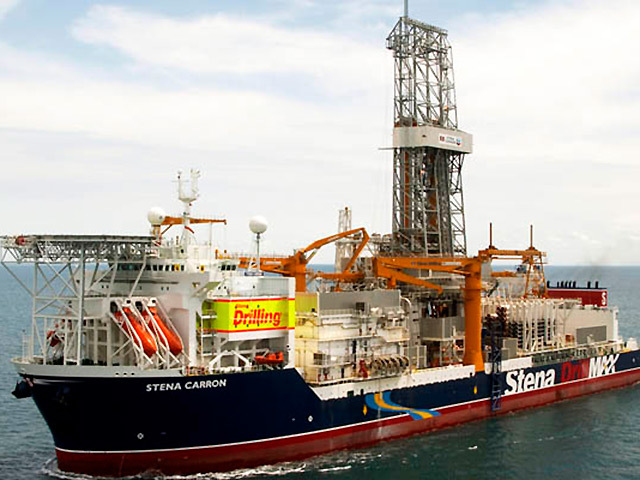
ExxonMobil has scored another two finds offshore Guyana its incredibly prolific Stabroek block.
The Sailfin-1 and Yarrow-1 wells bring the number of discoveries at Stabroek to more than 30 since 2015, and the eighth and ninth finds this year.
By 2030, Exxon expects Guyana to be producing more than 1 million barrels per day of oil.
“Our unrivalled exploration success and accelerated pace of development in Guyana are a testament to our people, decades of experience, technology capabilities and steadfast focus on optimising all aspects of operations,” said president of ExxonMobil Upstream Liam Mallon.
“We are committed to responsibly and safely developing this world-class resource to help meet global demand for secure, reliable and lower-emission energy.”
The company drilled the Sailfin-1 in 1,407 metres of water, finding 95 metres of hydrocarbon-bearing sandstone. The Yarrow-1 was in 1,085 metres of water, finding 23 metres of hydrocarbon-bearing sandstone.
The Stena Carron drillship carried out both wells.
Growth plans
Exxon is producing nearly 360,000 bpd from the first and second phase developments of its Liza project, operating above design capacity.
The company plans to bring a third 220,000 bpd project, Payara, online by the end of 2023. A fourth, the 250,000 bpd Yellowtail, should start in 2025.
Exxon is seeking environmental authorisation for a fifth project in Guyana, Uaru.
The block covers 26,800 square km. Exxon’s Esso Exploration and Production Guyana is the operator with a 45% stake, while Hess Guyana Exploration has 30% and CNOOC Petroleum Guyana 25%.
Hess reported its estimate of Stabroek’s gross discovered recoverable resource at 11 billion barrels.
The US independent reported its net production from the two Liza projects at 98,000 bpd in the third quarter. This was up from 32,000 bpd in the same quarter of 2021. It expects to reach 110,000 bpd net in the fourth quarter.
Hess also reported one well, the Banjo-1, drilled on Stabroek this quarter failed to find commercial quantities of hydrocarbons.
